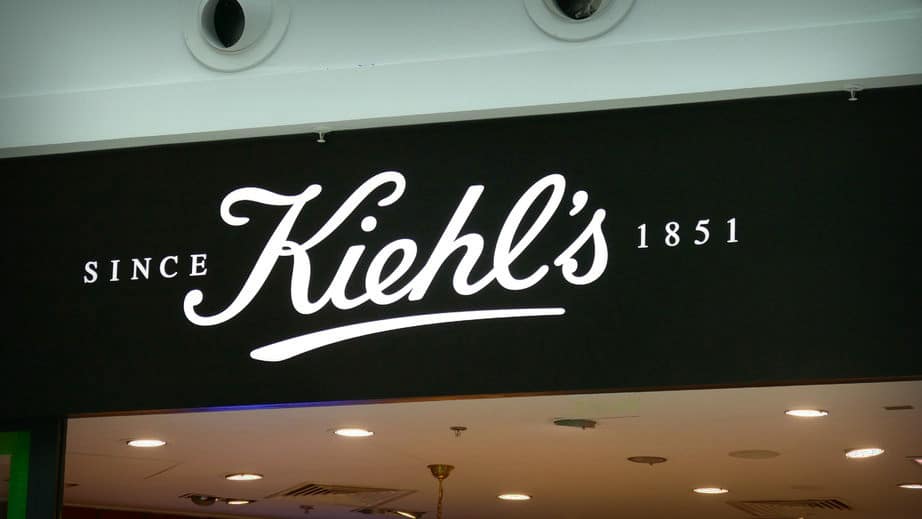Online retail marketplaces can provide powerful and cost-effective distribution channels, but they can also disrupt brands’ efforts to establish direct — and rewarding — connections with their customers.
By Richard Pachter
Amazon.com remains formidable; the still-growing 3,000-pound gorilla shows no signs of slowing down. For products, the online mega-retailer’s dominance is a dual-edged sword. Its robust environment allows nascent brands 24/7 access to a worldwide marketplace. The success of the hybrid slow cooker-pressure cooker, Instant Pot would not have been possible without Amazon, according to inventor and company CEO, Robert Wang. “Without Amazon, we wouldn’t be here,” Wang said.
For many legacy brands, as well, Amazon.com provides a powerful distribution channel that also serves to enhance awareness, provide credibility and aid in branding. As a testimony to this power, some firms in fact, sell solely on the site while others create Amazon-exclusive offerings.
Alternate channels like eBay and Jet.com are also efficient platforms, but this efficiency can get in the way of the brand-client relationship.
Cosmetics purveyor Kiehl’s conducts most of its business through its own branded stores and website. Though they don’t trade on Amazon directly, some products are sold by third-party vendors. But they know the best way to build loyalty is through close connections with their customers.
“When we acquire a customer, that’s our customer to lose,” Julia Mavrodin, the brand’s associate vp of e-commerce and digital marketing, recently told Digiday. “Our goal is to never let the customer go to Amazon in the first place.”
To that end, Kiehl’s partnered with OrderGroove, a New York-based marketing-loyalty facilitation firm for text-message-based order and re-order capabilities.
“Amazon is terrifying for many companies,” OrderGroove’s CEO and founder Greg Alvo said. “And it’s now getting into private labels for consumer-packaged goods and more. Acquiring all the customer data and information that it has, Amazon can now easily switch over to its own brands and take your customers with them.”
OrderGroove’s clients — among them Walmart, PetSmart, L’Oréal, Nestlé and The Vitamin Shoppe — see a path to greater success by moving from a product-centered to customer-centered approach.
In Kiehl’s case, they found that giving the customer some personal attention with emails and texts paid big dividends.
It’s not the first time the cosmetics company experimented with text (SMS) messaging. They had great results with it in 2013, in fact: “Kiehl’s piloted a six month mobile marketing campaign with incredible results. Customers could sign up for the SMS campaign and receive three location-specific offers per month by texting KIEHLS to the short code advertised or by signing up and entering their phone number on the Kiehl’s website. After the pilot program ended, Kiehl’s learned that over 73% of the opted-in customers made a purchase as a result of receiving messages, and 81% filled out a survey to provide the brand with valuable feedback to improve the campaign.”
It’s clear that Amazon will continue to be a major presence in online marketing, but savvy brands can ensure a long and strong relationship with their customers by maintaining a tight connection with them in an affirmative and proactive manner.
Richard Pachter is Editor at Large for The Wise Marketer.


